EU declaration conformity
AC fan speed controller | analogue input | TK monitoring | 10 A
Product description
This fan speed controller is designed for single-phase motors with a maximum current of 10 A. It operates on a 230 VAC / 50-60 Hz power supply and features Modbus RTU (RS485) communication.
For enhanced safety, the device includes an alarm relay output and thermal contacts (TK) for motor overheating protection. The TK monitoring function automatically deactivates the motor in case of overheating. It also offers remote control, adjustable output levels, and supports both kick start and soft start modes.
This controller provides versatile control through an integrated ON-OFF switch and a digital input. The minimum and maximum output voltage settings are all adjustable via internal trimmers, allowing for precise control.
Documents
Additional specifications and description
How to Control Fan Speed with Analog Input?
The requested fan speed can be set via the analogue input signal. This analogue signal can be 0-10V or 0-20 mA. This analogue input can be set in ascending or descending mode. In ascending mode, the motor will run at low speed when the analogue signal is at its minimum value (0 V). The motor will run at high speed when the analogue input is maximum (10 V). In descending mode, the operation is inversed.
In case there is no 0-10V signal available, you can connect an external 10 KOhm potentiometer via the integrated 12 VDC power supply.
The requested fan speed can be set via the analogue input signal. This analogue signal can be 0-10V or 0-20 mA. This analogue input can be set in ascending or descending mode. In ascending mode, the motor will run at low speed when the analogue signal is at its minimum value (0 V). The motor will run at high speed when the analogue input is maximum (10 V). In descending mode, the operation is inversed.
In case there is no 0-10V signal available, you can connect an external 10 KOhm potentiometer via the integrated 12 VDC power supply.
How Can the Motor Be Enabled or Disabled?
The motor can be enabled or disabled via the illuminated on-off switch or remotely. Via an external switch, it is possible to start the motor remotely - this optional switch can be connected to the digital input of the fan speed controller.
The motor can be enabled or disabled via the illuminated on-off switch or remotely. Via an external switch, it is possible to start the motor remotely - this optional switch can be connected to the digital input of the fan speed controller.
How Can Settings Be Customized?
For most applications, this variable speed controller can be used with the default settings. If necessary, the settings can be customised via Modbus RTU or via the dip switches and internal trimmers.
For most applications, this variable speed controller can be used with the default settings. If necessary, the settings can be customised via Modbus RTU or via the dip switches and internal trimmers.
What Are the Enclosure Features and Protection?
The enclosure is made of high-quality r-ABS VO (UL94) plastic. This material is flame extinguishing in case of fire, very tough and offers good protection against impacts. The enclosure can be surface mounted and offers an IP54 protection against ingress of dirt, dust and moisture.
What Are the Unregulated Output Applications?
The unregulated output (230 VAC) is active when the motor is enabled. It can be used to control an external run-indicator, a damper, etc.
E.g. when the fan is deactivated, the damper is closed. When the fan is active, the damper is open.
The unregulated output (230 VAC) is active when the motor is enabled. It can be used to control an external run-indicator, a damper, etc.
E.g. when the fan is deactivated, the damper is closed. When the fan is active, the damper is open.
How to Disable the ON-OFF Switch (EVSS1 Series)?
For the 1,5 A and 3 A EVSS1 series, the ON-OFF switch can be disabled by connecting the 230 VAC supply voltage to the unregulated output (L1). In that case, the connection terminal L is not used. When the supply voltage is connected to the unregulated output, the motor is always activated - regardless of the ON-OFF switch position.
What is Motor Overheating Protection (TK Monitoring)?
This fan speed controller can monitor thermal motor contacts (TK or thermal contacts measure temperature in the motor windings). In case of motor overheating, the TK monitoring function will disable the motor to prevent motor damage. If your motor is not equipped with TK contacts, bridge both TK terminals to simulate normal motor temperature.
What is the Alarm Output Functionality?
This fan speed controller has an alarm output to generate alerts in case of motor failure.
E.g. the alarm output can be used to signal motor problems via an external buzzer or alert light.

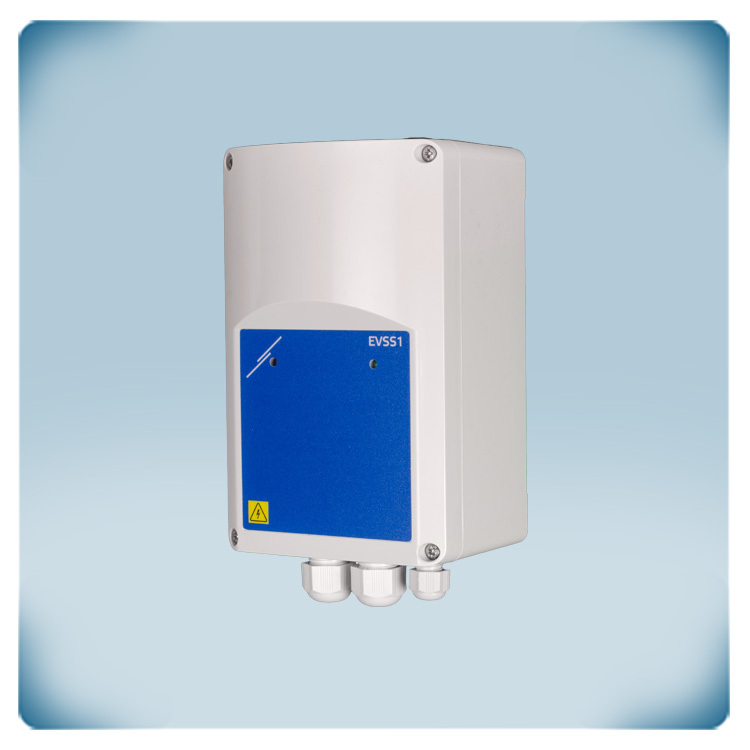
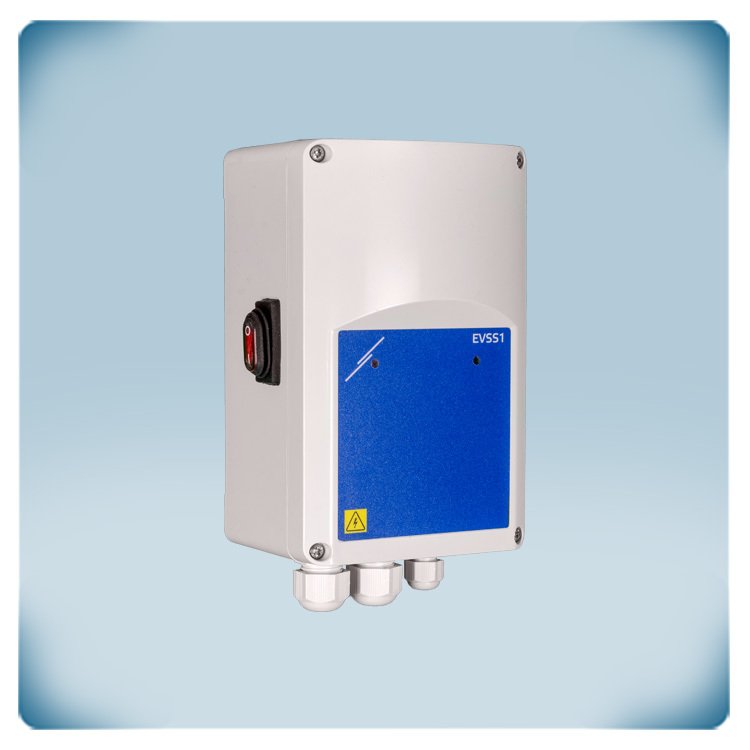
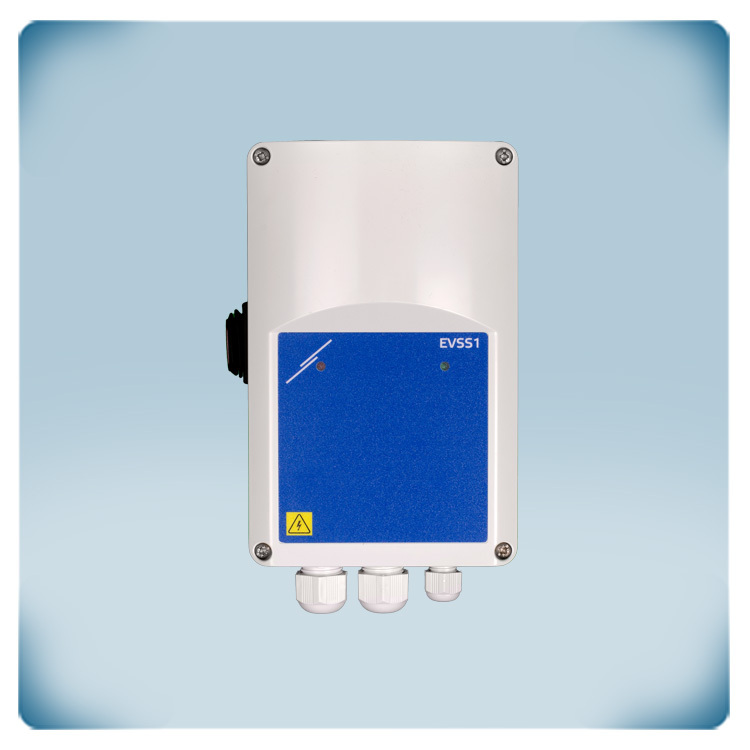
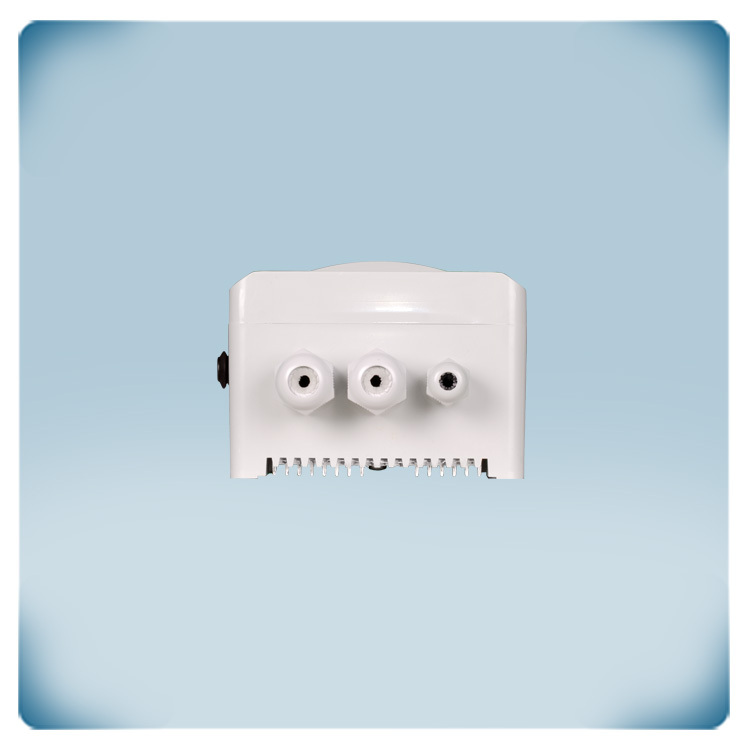
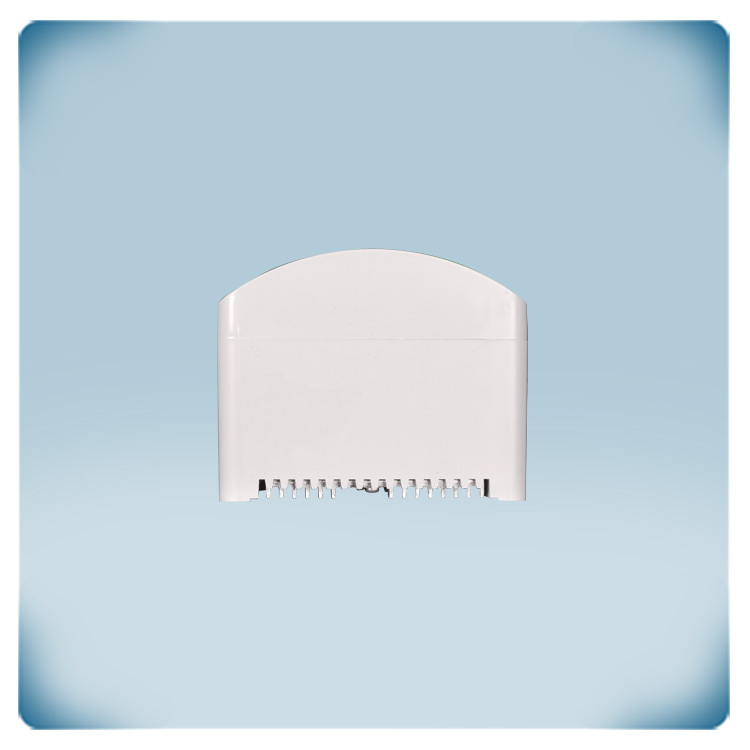
.webp)
.webp)
.webp)
.webp)
.webp)
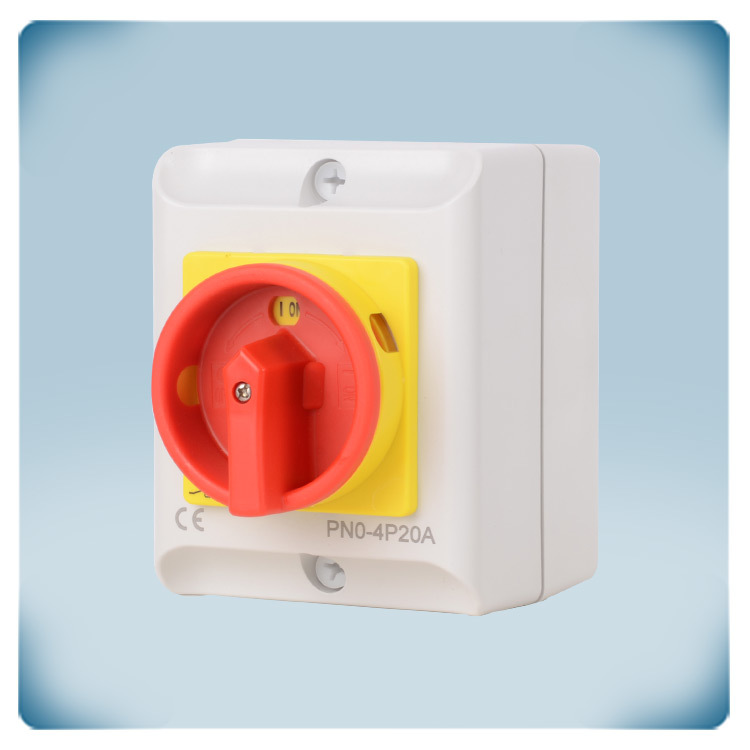
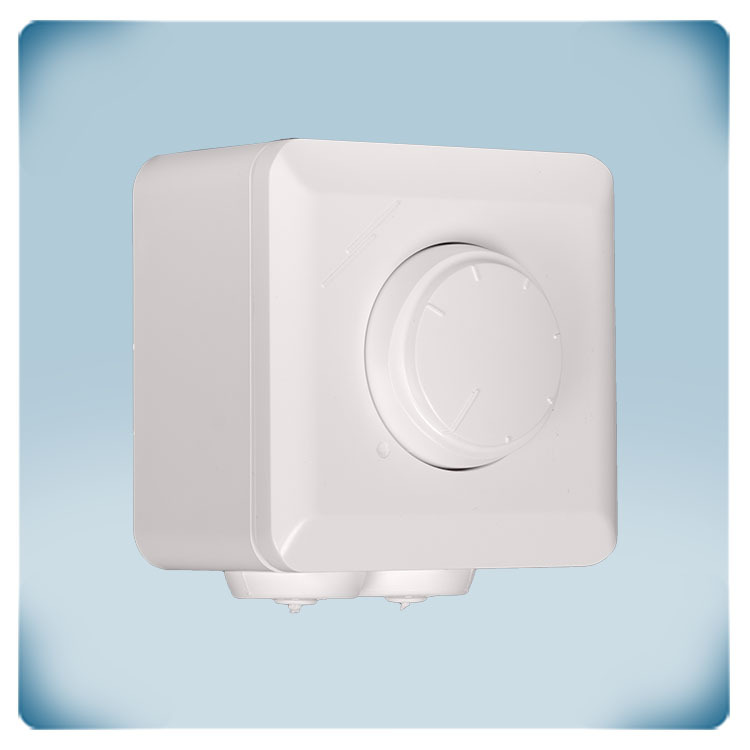

Remarks, reviews & ratings